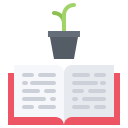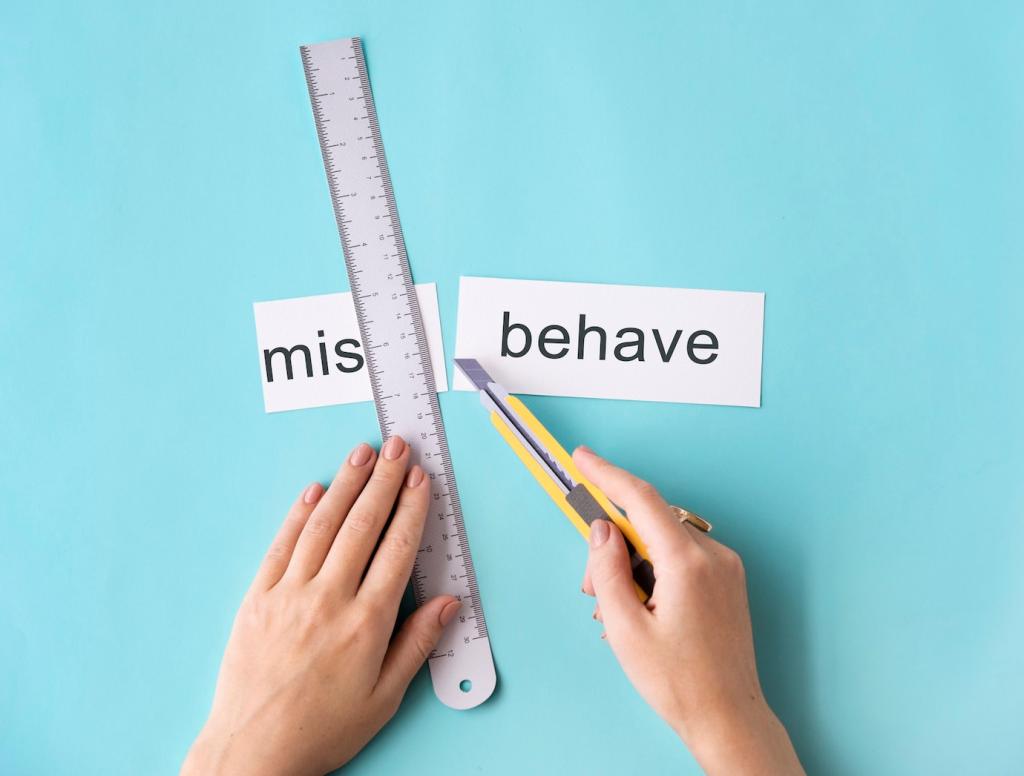Choosing High-Quality Non-Fiction
Look for primary sources, transparent citations, and authors who disclose uncertainty. Skim reviews from domain experts rather than general hype. When possible, compare competing viewpoints to test claims before you invest your precious reading hours.
Choosing High-Quality Non-Fiction
Alternate survey books that map a field with deep dives that teach methods. Breadth widens your opportunity radar; depth equips you to execute. Share your current balance in the comments and we will suggest complementary titles.







